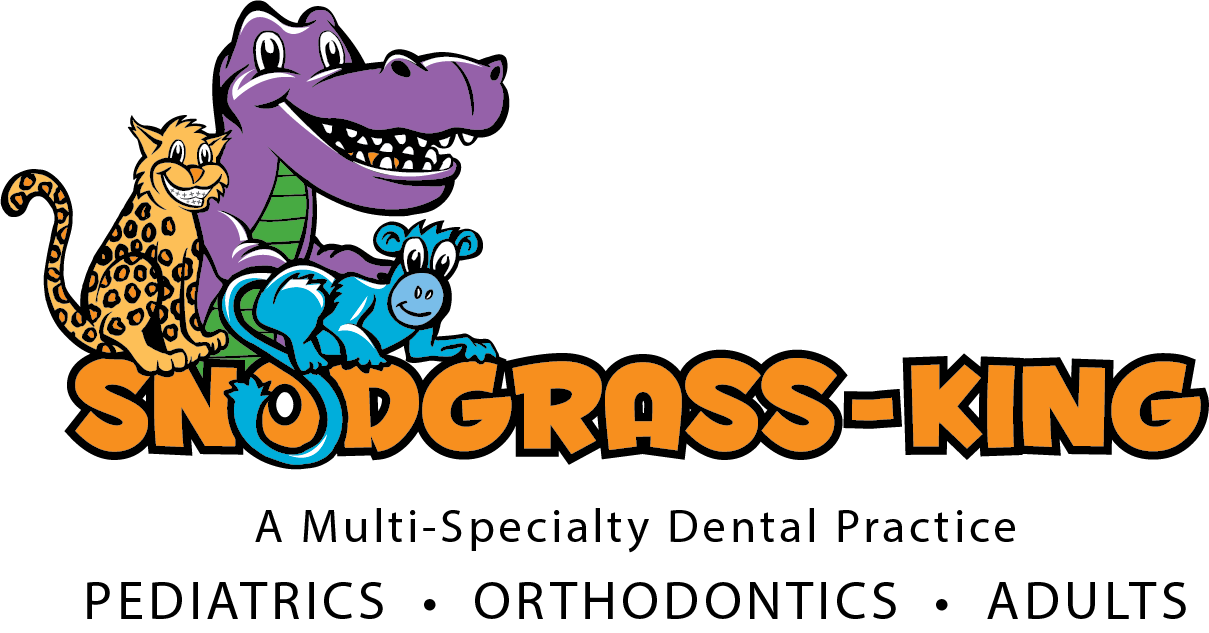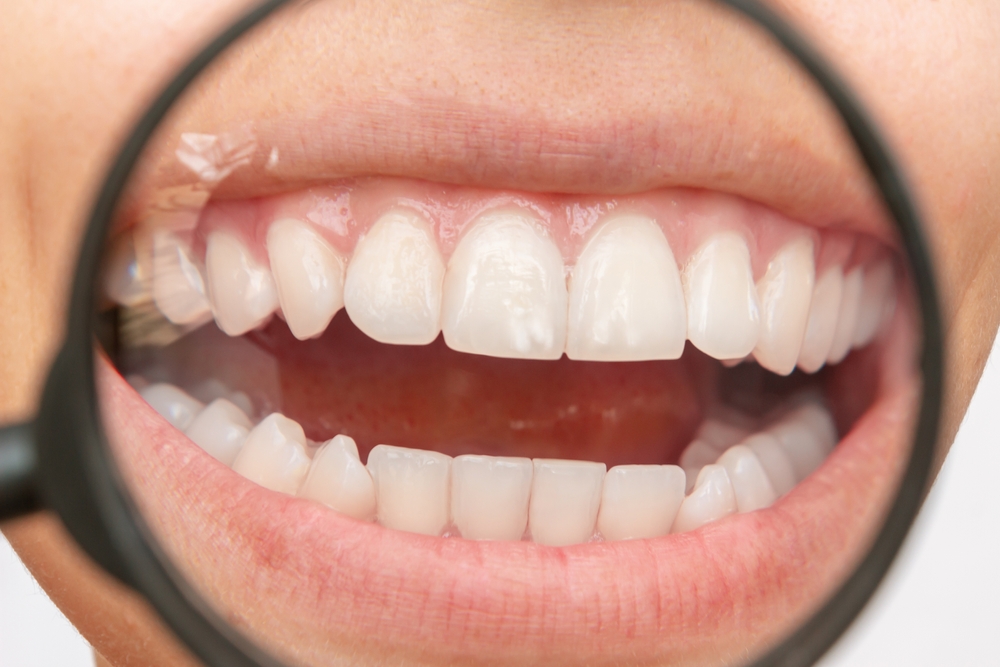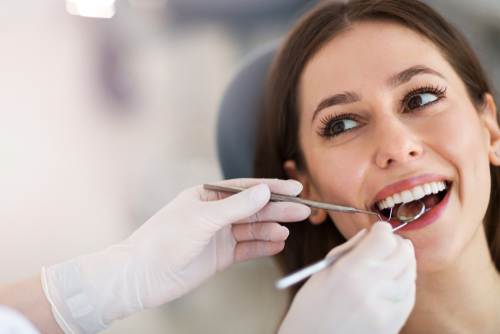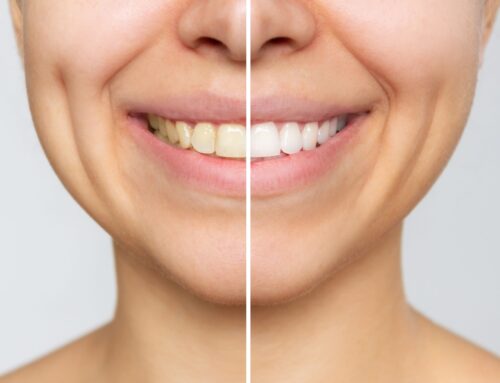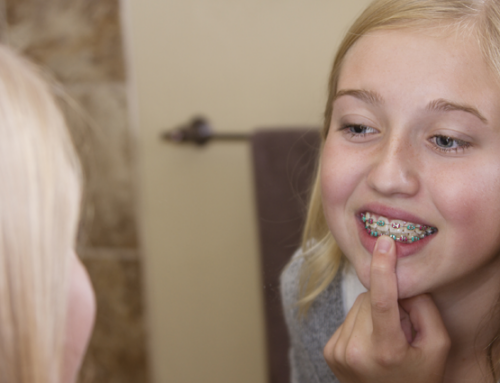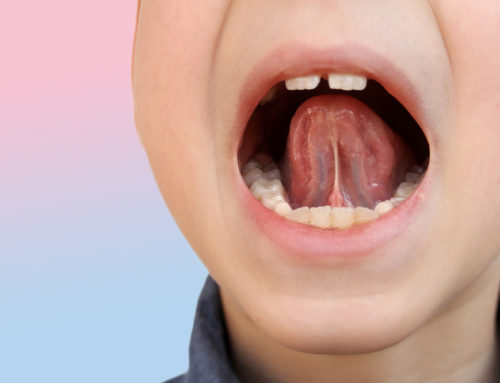Fluorosis and Your Infant
As a new parent, it’s very normal to want to keep track of your toddler’s health and teeth. In fact, it’s probably just the right instinct. Your child’s dental journey actually starts at a very early age – pretty much as soon as the first baby tooth comes in.
During these early years, it’s important to bring them in for regular cleanings and dental checkups and brush their teeth (even if there’s only one). As your child grows older, you may also want to keep an eye out for dental conditions such as toothaches, cavities, overbites, and more. Today, we’ll address one such condition that you may encounter — fluorosis.
First, let’s start with some basics.
What Is Fluorosis?
You’ve probably heard of fluoride before. It’s a mineral that is well known for strengthening your teeth and preventing dental decay. Most of the time, this mineral is known as a good thing. Just as with anything else, however, too much of a good thing can turn bad. When someone gets too much fluoride as a child, they may develop what’s called fluorosis.
Generally speaking, fluorosis is a common dental condition associated with overexposure to fluoride during early childhood years.
Fluorosis is most often characterized by white specks or streaks on the teeth.
Is Fluorosis Harmful?
According to the American Dental Association (ADA), the mild form of fluorosis typically found in the US “has no effect on tooth function.”
Having said that, fluorosis can have a cosmetic impact. Don’t worry, however — there are dental treatments that can reduce the aesthetic impact of those white spots. Keep reading to learn more.
Causes of Fluorosis
Fluorosis is usually caused when children are exposed to too much fluoride while their teeth are still forming underneath the gums. This means that most adults can’t simply develop it later on in their life.
There are many possible causes of overexposure to fluoride. These days, everything from drinking water to toothpaste and even certain foods can contain this mineral. Fortunately, as mentioned earlier, most cases of fluorosis in the US are fairly mild.
How To Prevent Fluorosis
The only way to really prevent fluorosis is to moderate your child’s intake of fluoride. Start by knowing the concentration of fluoride in your drinking water. If this concentration is more than 2 mg/L, the CDC does recommend using an alternative source of water, like filtered water, for children younger than 8.
Aside from drinking water, make sure to talk to your dentist before giving your child any toothpaste or supplements that have added fluoride. Many small children also tend to swallow toothpaste while brushing their teeth, so keep that in mind. Try to teach your child to spit the toothpaste out, especially if it contains fluoride or any other additives. The same applies to mouthwash as well. Remember that unless directed otherwise by your dentist, most children should not be using mouthwash until they are at least 6 years of age. This is largely due to the fact that small children have an underdeveloped swallowing reflex, resulting in more of the mouthwash going down rather than being spit out.
Do keep in mind, though, that you want to maintain a healthy balance in your fluoride consumption. Insufficient amounts of fluoride can leave your child’s teeth vulnerable to cavities and other dental issues.
Fluorosis Treatment
Since mild dental fluorosis is mostly harmless, it doesn’t typically require treatment. Having said that, you can choose to treat it for cosmetic reasons. For these cases, here are a few common treatment options:
Teeth Whitening
This is one of the easiest options for many people. Teeth whitening is a simple procedure that makes white spots less noticeable by brightening the rest of the tooth. This also reduces other small stains. The benefit of a whitening procedure is that it helps not only with fluorosis but also improves the overall brightness of your smile.
As for whitening options, there are plenty. You can whiten your teeth at home by using specialized toothpaste or at-home whitening strips. For a more thorough and professional treatment, however, make sure to ask your dentist. They’ll be able to give you a more effective treatment option that lasts longer.
Enamel Microabrasion
Microabrasion is a treatment that involves removing a very small layer of enamel in order to reduce imperfections.
Dental Bonding
Similar to a filling, bonding is a procedure that also involves molding a tooth-colored composite. In the case of fluorosis, bonding can be used to cover up the white spots and then shaped to appear natural.
Porcelain Veneers
A more costly option is porcelain veneers. Veneers are very thin coverings that are placed over your existing tooth, concealing any imperfections.
Fluorosis On Baby Teeth
Fluorosis can develop on both baby teeth and adult teeth. If your child does show signs of developing fluorosis, don’t panic quite yet. Simply book an appointment with your pediatric dentist and mention the problem to them. Do remember that not all white spots are due to fluorosis. There are other conditions, such as demineralization, which can produce similar results. That’s why it is always best to consult with your dentist. They’ll be able to assess the state of your child’s teeth and recommend a course of action.
Fluorosis vs Decalcification
Both fluorosis and decalcification are characterized by large white spots on your teeth. That’s about where the similarities end, however. Fluorosis is characterized by overexposure to a mineral called fluoride. It is also largely considered harmless when in its mild form.
Decalcification (otherwise known as demineralization), on the other hand, occurs when teeth have been exposed to bacterial plaque for a long period of time. This is often the result of poor oral hygiene and indicates that you should improve your dental hygiene routine. Left untreated, decalcification can weaken your enamel and increase your risk for tooth decay.
Last Notes
The last thing we want to leave you with today is a small reminder about good dental hygiene habits.
The skills that children learn when they’re small often follow them throughout adolescent and adult life. That’s why it’s always best to set them up for success.
Small children are often unable to brush their own teeth for the first few years. So you may need to give them a helping hand during those early years. Make sure to pick a toothbrush and toothpaste that suits their needs and brush their teeth twice a day. As your child’s teeth start to grow closer together, introduce flossing as well.
Eventually, once your child is able to hold their own toothbrush and has some fine motor skills, start teaching them how to brush their own teeth. You may still want to do your own sweep after, however, to ensure that every tooth has had a good cleaning.
Continue brushing together as your child gets older. If helpful, you can even make “brushing time” a fun family activity. Incentives and fun songs or activities can make brushing more appealing to young children.
Adult Dentist Tennessee
Looking for a fantastic team of dentists and hygienists that not only offer top-notch care but also care about their patients? Then we’re the team for you! Here at Snodgrass-King Dental, our dentists work hard to make patients feel as comfortable as possible during their visits. Many of our staff are specially trained in pediatric dentistry. This way, they’re able to deal with all the extra nuances of a child’s first visit to the dentist.
Snodgrass-King Dental offers a wide variety of services. Everything from crowns, fillings, and dentures, to cosmetic dentistry and teeth whitening. Have questions about our practice? Simply give your closest office location a call, or fill out our online form. Someone from our team will be happy to answer your questions. FYI, we now offer a super convenient online booking option. Simply hit the “make an appointment” button and get started booking your very first visit. We hope to see you soon!
In the meantime, feel free to check out the rest of our site. We’ve got a variety of great informational articles and various patient forms that you may need.
